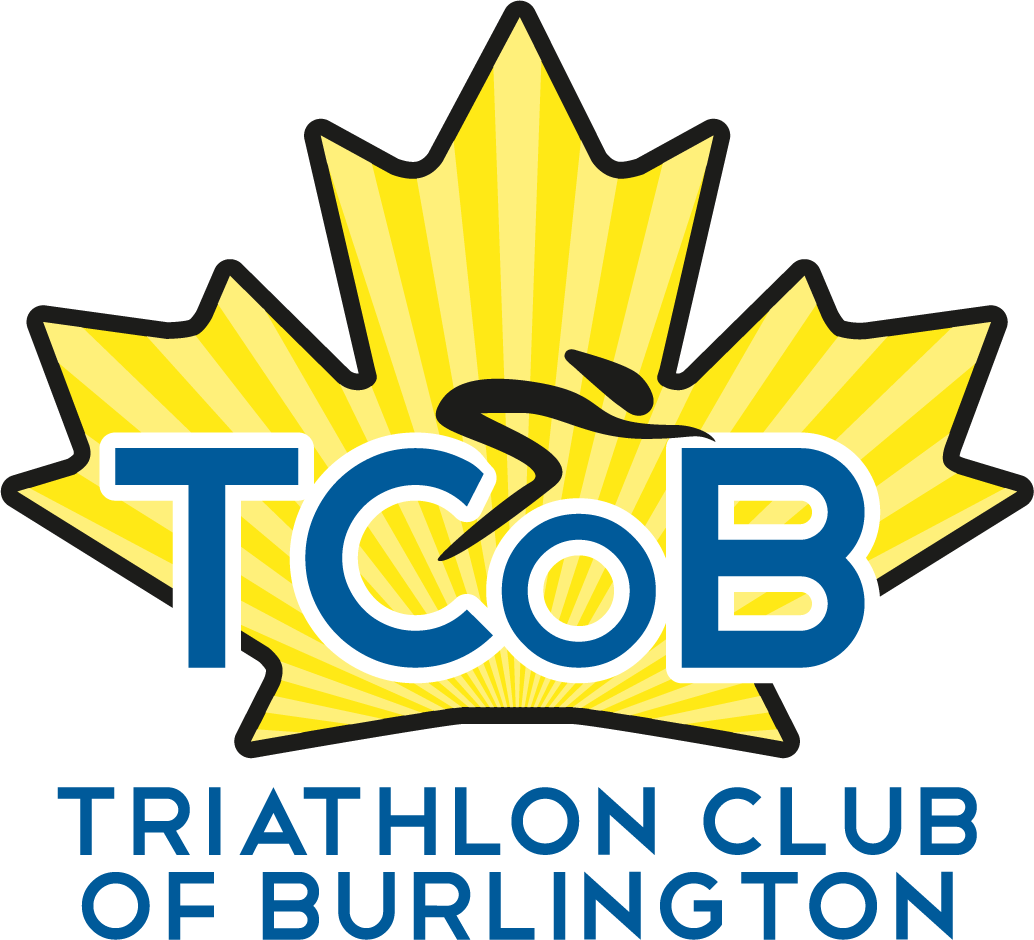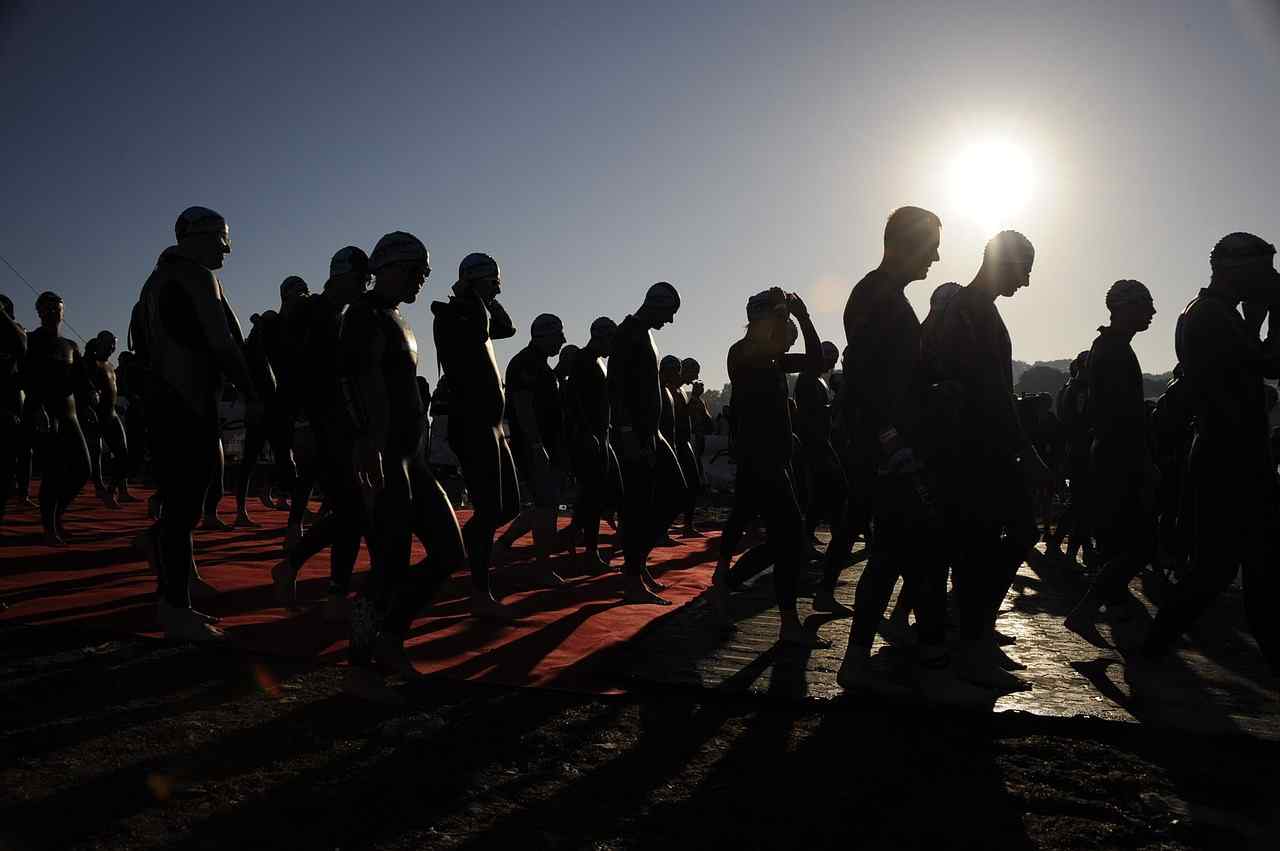The monotony of treadmill running can drive any athlete to the point of hair-pulling boredom. With the lack of stimulation, fresh air and the social aspects of group runs, treadmill training can be an athlete’s worse nightmare and can scare any triathlete away. However, it can be a very valuable tool that when used strategically can improve your running fitness.
The question is often asked, how running on a treadmill differs from running outdoors, or how running mechanics are modified on the treadmill. The moving belt causes a slightly different muscle recruitment pattern, knee kinematics and foot placement compared to outdoor running. Putting the treadmill on a one or two percent grade will more closely approximate outdoor running and outdoor wind resistance. Fully dedicating your winter running to solely treadmill runs can as a result, create alterations in running mechanics come the spring. However, as an adjunct to outdoor training, or when the weather is particularly grim, treadmill training can provide some solace.
The treadmill is actually a great place to address economy in a controlled environment, and it is easy to capture motion from 360 degrees. The moving belt creates a level of consistency, and when analyzing run mechanics, makes it easy to identify asymmetries in gait and stride. For example, simply listening to footfalls can indicate a short stride on one side, or an athlete that is weighting one leg over the other. Compensatory patterns, movement strategies and imbalances can be identified with greater easy, making exercise planning for rehabilitation that much more specific to your condition and sport.
Unlike a treadmill, you would be hard pressed to find a perfectly consistent surface outdoor, with hills that have a steady grade for any given distance. The treadmill offers a key advantage for hill repeat training in that downhill running is not required. Downhill running, especially at speed, involves the most impact and eccentric contractions that can be very hard on the knees. Speak to your therapist before commencing hill training if knee pain is indeed an issue for you. Hill training can remain a great adjunct to therapy during injury rehab. Furthermore, if your upcoming race is on trail or mixed terrain, your body will need to train for the harder, uneven surfaces that require lower leg stability and dynamic balance. Outdoor running and incorporating dynamic stabilization exercises are the best way to prepare the lower extremities for the uneven road ahead.
For athletes performing high intensity intervals and tempo work, the treadmill offers some benefit over outdoor training. The feedback received on a treadmill is real time, and a specific speed/pace can be dialed in. Because heart rate-based training is affected environmentally by heat, humidity, wind and state of hydration, workouts can be prescribed more accurately using pace while on the treadmill. Furthermore, track sessions are general lost come wintertime, as the cold air greatly negatively impacts lunge and muscle performance during high intensity workouts. As a result, the treadmill can become your own ‘indoor track’ sheltered from the cold allowing for some speed and tempo work to continue through the winter.
The treadmill can also provide an environment for acclimatization. Assuming you have an early spring race down south, running on a treadmill in a warm environment can be a great tool to help acclimatize before a hot and/or humid race. Make sure you are well hydrated before, during and after your run when attempting such training. On the flip side, if you are not acclimatizing for a hot weather race, make sure you have adequate airflow coming towards you preferably in the form of a large fan to promote sweat evaporation and prevent overheating.
In summary, the treadmill offers several advantages in the form of convenience, safety, privacy, acclimatization, and enhanced mental training. However, treadmill training should not be your exclusive mode of running, unless of course you are Naval submarine office Seth Hooper who has no choice but to do all of his Ironman training while surrounded by seawater on a deployed submarine. So, as particularly brutal as our winters may be, think of the treadmill as an effective tool that is useful, but by no means exclusive.
Stephanie Nogueira
Physiotherapist, Dynamic Health and Performance.
Reference:
1) Nigg B.M, et al. (2008). A Kinematic Comparison of Overground and Treadmill Running
2) Riley P.O, et al. (1994). A Kinematic and Kinetic Comparison Overground and Treadmill Running
3) USA Triathlon Multisport Lab: http://www.usatriathlon.org/about-multisport/multisport-zone/multisport-lab/articles/add-the-treadmill-to-your-training-toolbox-110110.aspx

